
Humanity’s relentless quest for understanding has been punctuated by extraordinary minds whose insights have ripped away veils of ignorance, revealing the intricate mechanisms governing our existence. From the vast expanse of the cosmos to the unseen realms of microscopic life and the fundamental particles of matter, a select few have dared to challenge established dogma, meticulously observe the world, and apply rigorous thought to unlock its deepest secrets. These pioneers, often working in isolation yet building upon the collective wisdom of ages, have laid the bedrock upon which all subsequent scientific progress is built.
Their work, spanning centuries and diverse disciplines, represents not just incremental steps but profound leaps in knowledge that have irrevocably reshaped civilization itself. Each discovery, a testament to intellectual courage and perseverance, has broadened our horizons, fueled technological innovation, and offered new perspectives on our place within the universe. In this exploration, we celebrate a handful of these towering figures, whose contributions continue to resonate, forming the essential curriculum of scientific thought today.
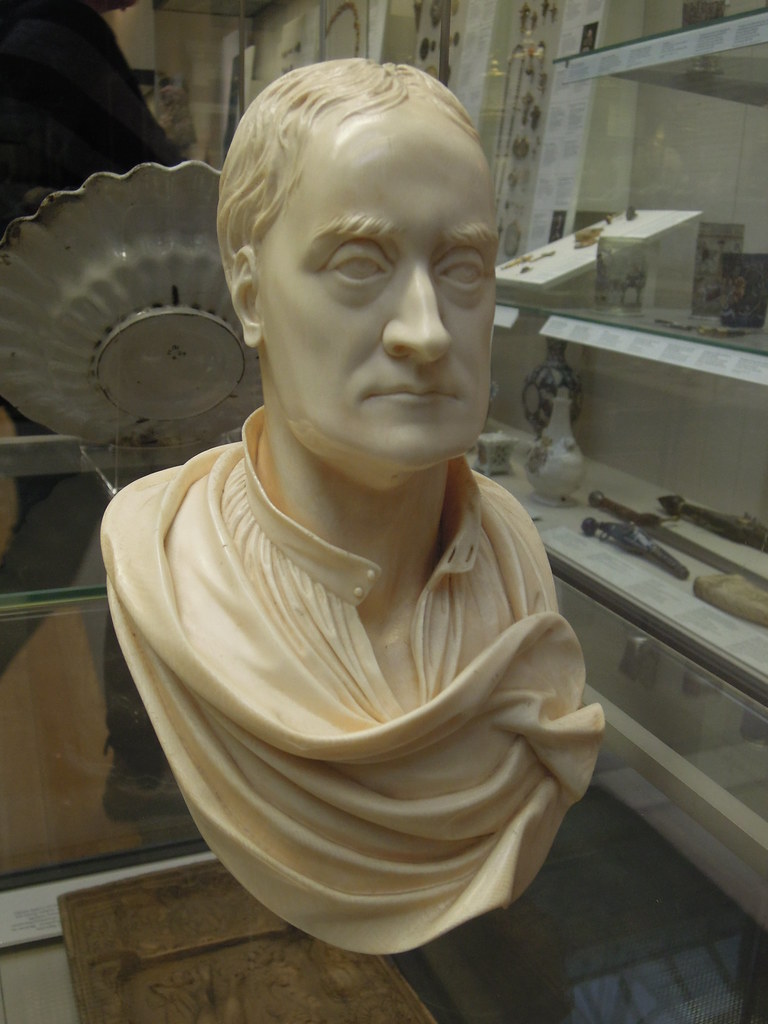
1. **Isaac Newton**: Isaac Newton stands as an unparalleled giant in the history of science, a figure whose intellectual prowess profoundly reshaped our comprehension of the physical world. His monumental work provided a unified framework for understanding phenomena from the fall of an apple to the orbits of planets, unveiling the universal laws that govern motion and gravitation, which remain cornerstones of classical physics. His rigorous application of mathematical principles and empirical observation laid the bedrock for generations of scientific inquiry.
Newton’s Law of Universal Gravitation, describing gravity as a force attracting all objects with mass, offered an elegant explanation for both terrestrial and celestial mechanics. This single law provided a mathematical description for why planets maintain their elliptical paths around the sun and why objects fall to the earth, connecting disparate observations under one principle. This profound insight gave humanity a predictive tool for understanding the cosmos, moving away from purely descriptive models.
Beyond his groundbreaking work in physics, Newton was also a prodigious inventor and mathematician. He is widely credited with inventing calculus, the field of mathematics that dominates the physical sciences and engineering, providing essential tools to analyze rates of change. His inventive spirit extended to optics, where he built the first ever reflecting telescope, dramatically improving astronomical observation. Furthermore, Newton meticulously demonstrated that sunlight is made of all the colors of the rainbow, a fundamental discovery that laid the groundwork for modern optics and our understanding of light’s spectral nature.
Newton’s profound impact across physics, mathematics, and optics established new paradigms for scientific inquiry. His work instilled a belief in a universe governed by immutable laws, discoverable through observation, experimentation, and mathematical reasoning. The elegance and predictive power of his theories continue to inspire, affirming his place as one of the most influential scientific minds in recorded history.
Read more about: Did You Know? Uncovering the Secrets of 13 of History’s Most Recognized Figures
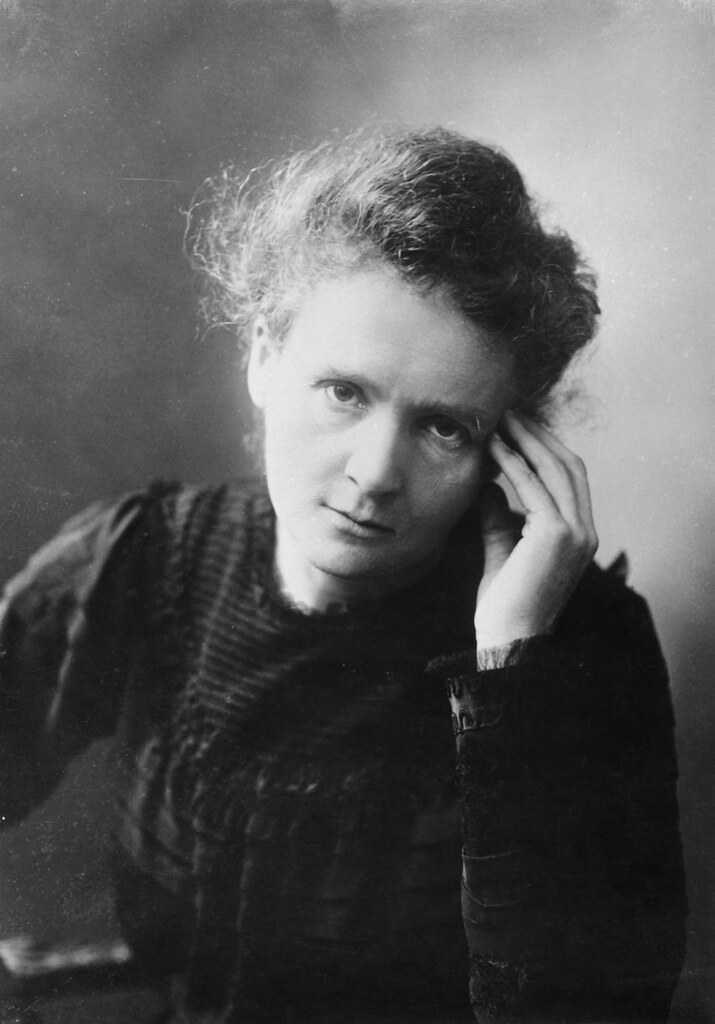
2. **Marie Curie**: Marie Curie’s legacy is defined by her pioneering spirit and groundbreaking work in the nascent field of radioactivity, a journey that led to discoveries of profound implications for both science and medicine. Her tireless dedication, often under challenging conditions, revealed entirely new elements and processes, fundamentally altering our understanding of atomic structure and energy. Her contributions were not merely theoretical but also practical, laying the groundwork for future applications that would save millions of lives.
Working alongside her husband, Pierre Curie, Marie codiscovered two new chemical elements: radium and polonium. This feat was the result of painstaking labor, involving the processing of tons of pitchblende ore to isolate minute quantities of these highly radioactive substances. The isolation and characterization of radium, in particular, opened up an entirely new avenue of research into the properties of matter and the immense energy locked within atomic nuclei. Her extensive studies further detailed the properties of radioactive elements, elucidating radioactivity as an intrinsic atomic property rather than a chemical reaction.
Curie’s foresight extended to the practical applications of her discoveries, particularly in the realm of medicine. She carried out the first research into the treatment of tumors with radiation, effectively pioneering the field of radiotherapy. This pioneering work irrevocably linked the study of radioactivity with its potential for medical intervention, leading to applications that have saved countless lives through diagnostic and therapeutic procedures. Her life stands as a testament to the transformative power of scientific inquiry.
Read more about: Did You Know? Uncovering the Secrets of 13 of History’s Most Recognized Figures
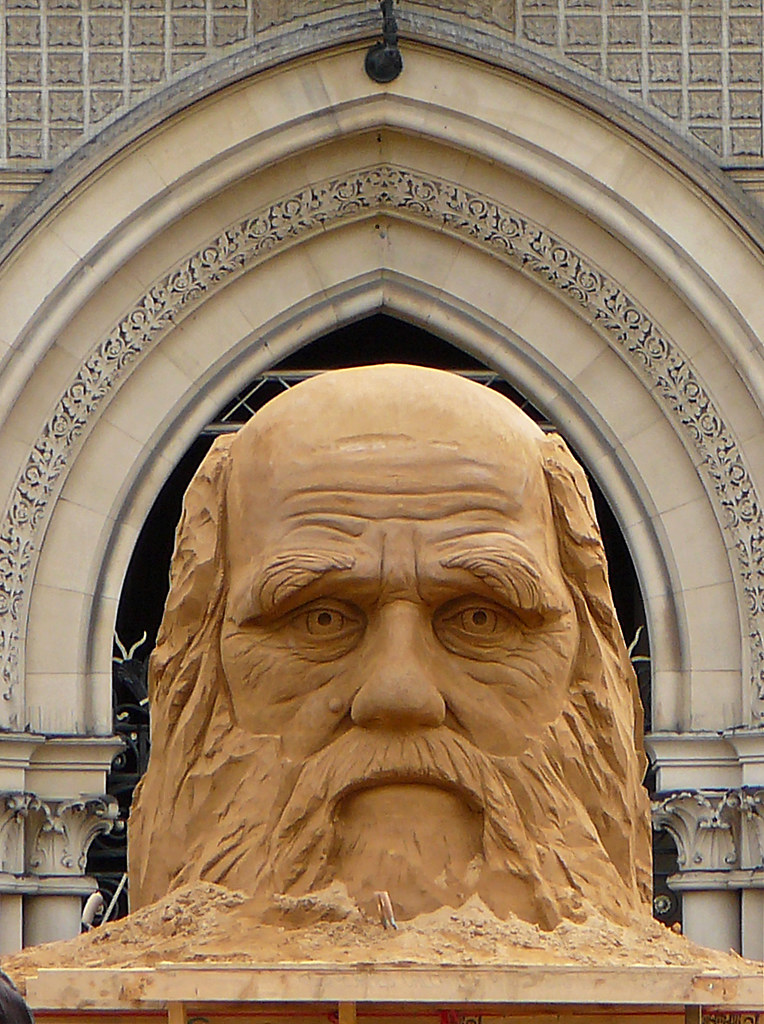
3. **Charles Darwin**: Charles Darwin authored one of the most famous books in history, “On the Origin of Species,” a work that profoundly revolutionized our understanding of life’s diversity and its intricate development on Earth. His meticulous observations and revolutionary theoretical framework laid the foundation for modern biology, offering an explanation for the bewildering array of species through a process of natural, rather than supernatural, means. Darwin’s ideas irrevocably changed the way humanity viewed its place in the natural world.
The central pillar of Darwin’s monumental work was the theory of evolution by natural selection. This theory proposed that all species of organisms arise and develop through the natural selection of small, inherited variations that increase the individual’s ability to compete, survive, and reproduce. Over vast spans of geological time, these advantageous traits accumulate, leading to the formation of new species and the gradual divergence of life forms from common ancestors. This mechanism provided a coherent, evidence-based explanation for adaptation and biodiversity.
Darwin’s voyage on HMS Beagle provided him with an unparalleled opportunity to gather extensive data on geology, flora, and fauna across diverse ecosystems. His observations of finches on the Galápagos Islands, among others, became crucial evidence supporting his emerging ideas. Upon his return, he spent years synthesizing his observations and refining his theory, building a compelling case which he then presented in “On the Origin of Species.” The book immediately captivated the scientific community, initiating a paradigm shift in biological thought that continues to be refined and affirmed by new discoveries.
Read more about: Did You Know? Uncovering the Secrets of 13 of History’s Most Recognized Figures
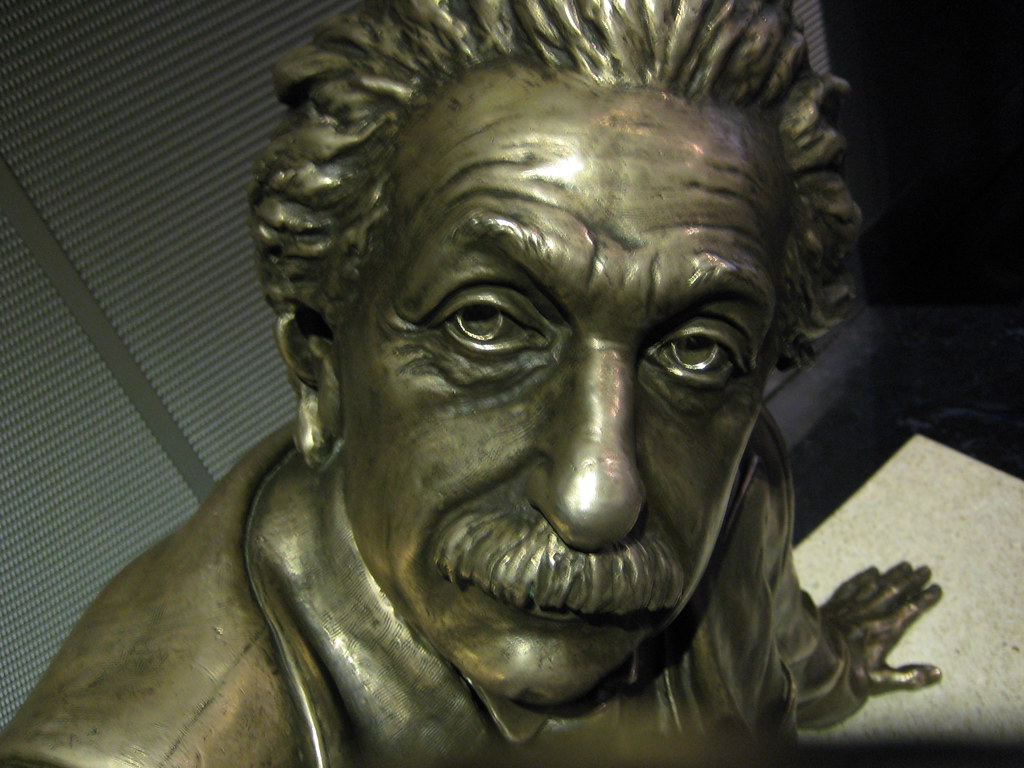
4. **Albert Einstein**: Albert Einstein is arguably the most recognizable scientist of the 20th century, whose groundbreaking theories of special and general relativity delivered a remarkable transformation in our understanding of light, gravity, and time. His intellectual courage in challenging Newtonian physics opened new frontiers in cosmology and fundamental physics, revealing a universe far more interconnected and dynamic than previously imagined.
The special theory of relativity, introduced in 1905, fundamentally altered concepts of space and time, demonstrating their relativity to an observer’s motion. One of its most iconic outcomes was the derivation of E = mc², stating that mass and energy are interchangeable. This equation revealed the immense energy contained within matter, with profound implications for nuclear physics. A decade later, his general theory of relativity provided a revolutionary understanding of gravity as a manifestation of the curvature of spacetime caused by mass and energy, confirmed by observations like the bending of light.
Beyond relativity, Einstein’s “annus mirabilis” of 1905 also saw him explain the photoelectric effect, proposing that light consists of discrete packets of energy called quanta (photons). This pivotal step in quantum mechanics demonstrated the particle-like nature of light. Furthermore, Einstein provided powerful evidence that atoms and molecules actually exist, explaining Brownian motion as the result of collisions with unseen atoms. This cemented the widespread acceptance of atomic theory and underscored his profound impact across multiple domains of physics.
Read more about: Did You Know? Uncovering the Secrets of 13 of History’s Most Recognized Figures
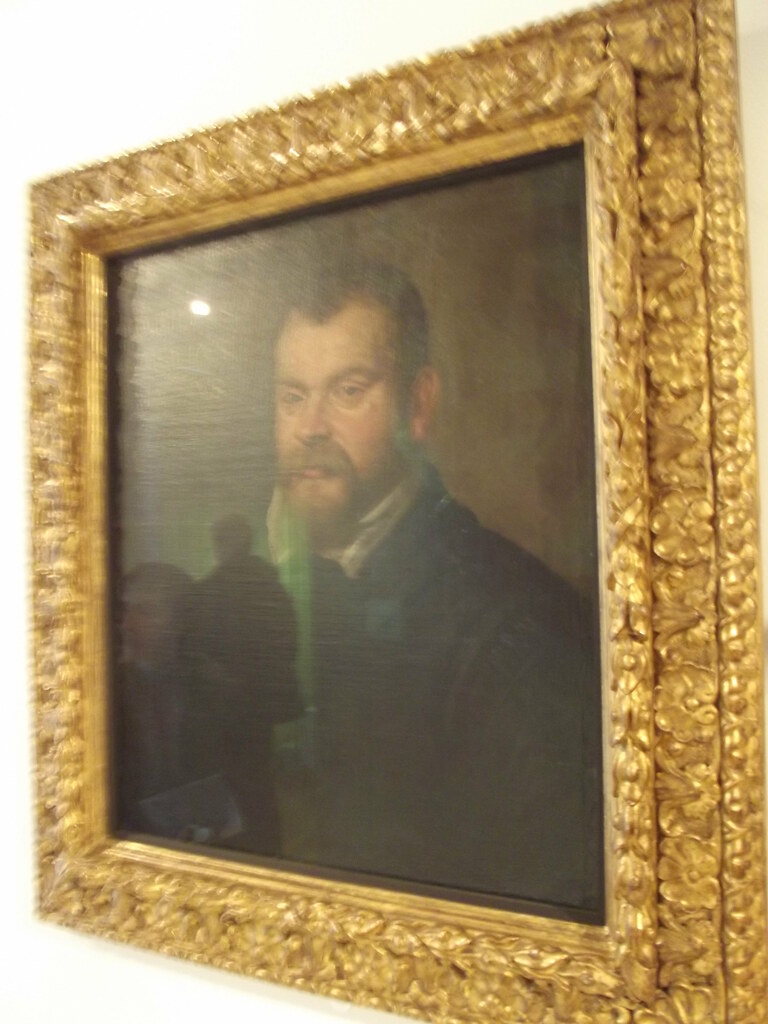
5. **Galileo Galilei**: Galileo Galilei is widely revered as “the father of modern science,” a title he earned through his relentless pursuit of empirical observation, experimental methodology, and mathematical analysis. His courageous challenge to entrenched Aristotelian views and his pioneering use of the telescope transformed astronomy, laying crucial groundwork for the scientific revolution. Galileo’s work underscored the power of direct observation and experimental verification.
Through his improvements to the telescope, Galileo turned the instrument towards the heavens, leading to astonishing discoveries. He was the first to discover moons ever known to orbit another planet, observing Jupiter’s four largest satellites, providing direct evidence against a geocentric model. Further observations revealed the Milky Way is made of stars, the phases of Venus, sunspots, and craters on the Moon, all contributing compelling empirical evidence that dismantled the geocentric worldview in favor of the Copernican model.
Galileo also made profound contributions to the study of motion and mechanics. He rationalized how objects are affected by gravity through experiments on inclined planes, leading to a more accurate understanding of terrestrial motion. He stated the principle of inertia, a critical precursor to Newton’s laws, and proposed the first theory of relativity, demonstrating that the laws of physics are the same for all observers moving at a constant speed. His holistic approach, combining observation, experimentation, and mathematical description, firmly established the empirical methodology that defines modern scientific inquiry.
Continuing our journey through the annals of scientific innovation, we now turn our attention to five more visionary scientists whose groundbreaking work has further illuminated the fundamental principles governing our universe. Their breakthroughs, spanning electromagnetism, microbiology, quantum theory, chemistry, and molecular biology, have profoundly advanced human knowledge and paved the way for countless technological and medical advancements that define our modern world. These pioneers, much like those before them, challenged conventional wisdom, meticulously observed phenomena, and applied rigorous methodologies to uncover deeper truths, ensuring their legacies continue to inspire and inform scientific inquiry today.
Read more about: Did You Know? Uncovering the Secrets of 13 of History’s Most Recognized Figures
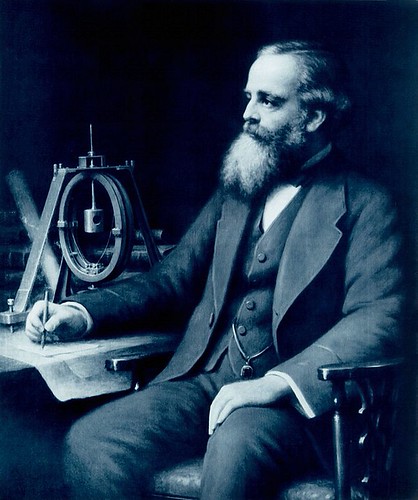
6. **James Clerk Maxwell**James Clerk Maxwell stands as one of the most transformative figures in theoretical physics, a scientist who profoundly reshaped our understanding of the fundamental forces of nature. His most celebrated achievement was the unification of the forces of electricity and magnetism, a feat that brought together two previously disparate areas of study into a single, elegant framework. These famous equations not only described the behavior of electric and magnetic fields but also predicted their interconnectedness, providing a comprehensive description of electromagnetic phenomena.
A pivotal implication of Maxwell’s unified theory was the astonishing realization that light itself is an electromagnetic wave. This groundbreaking insight linked the phenomenon of light directly to the oscillating electric and magnetic fields predicted by his equations, demonstrating that visible light is merely a small part of a much broader electromagnetic spectrum. This discovery laid the foundation for radio communication, wireless technology, and our modern understanding of how energy propagates through space, marking a monumental shift in physics and engineering.
Beyond his work in electromagnetism, Maxwell also made significant contributions to the understanding of thermodynamics through his kinetic theory. He established that temperature is entirely dependent on the movement of particles, providing a statistical mechanical explanation for heat phenomena. This insight moved physics beyond macroscopic descriptions of temperature to a more fundamental, microscopic understanding, further solidifying the atomic and molecular basis of matter and energy.
Maxwell’s theoretical elegance and predictive power were extraordinary. His work not only explained existing observations but also opened vast new avenues for scientific inquiry and technological application. The principles he established remain cornerstones of modern physics, enabling everything from advanced electronics to astrophysical studies, and affirming his place as a giant whose insights continue to resonate across scientific disciplines.
Read more about: Electricity Explained: Unpacking the Invisible Force That Shapes Our Modern Lives
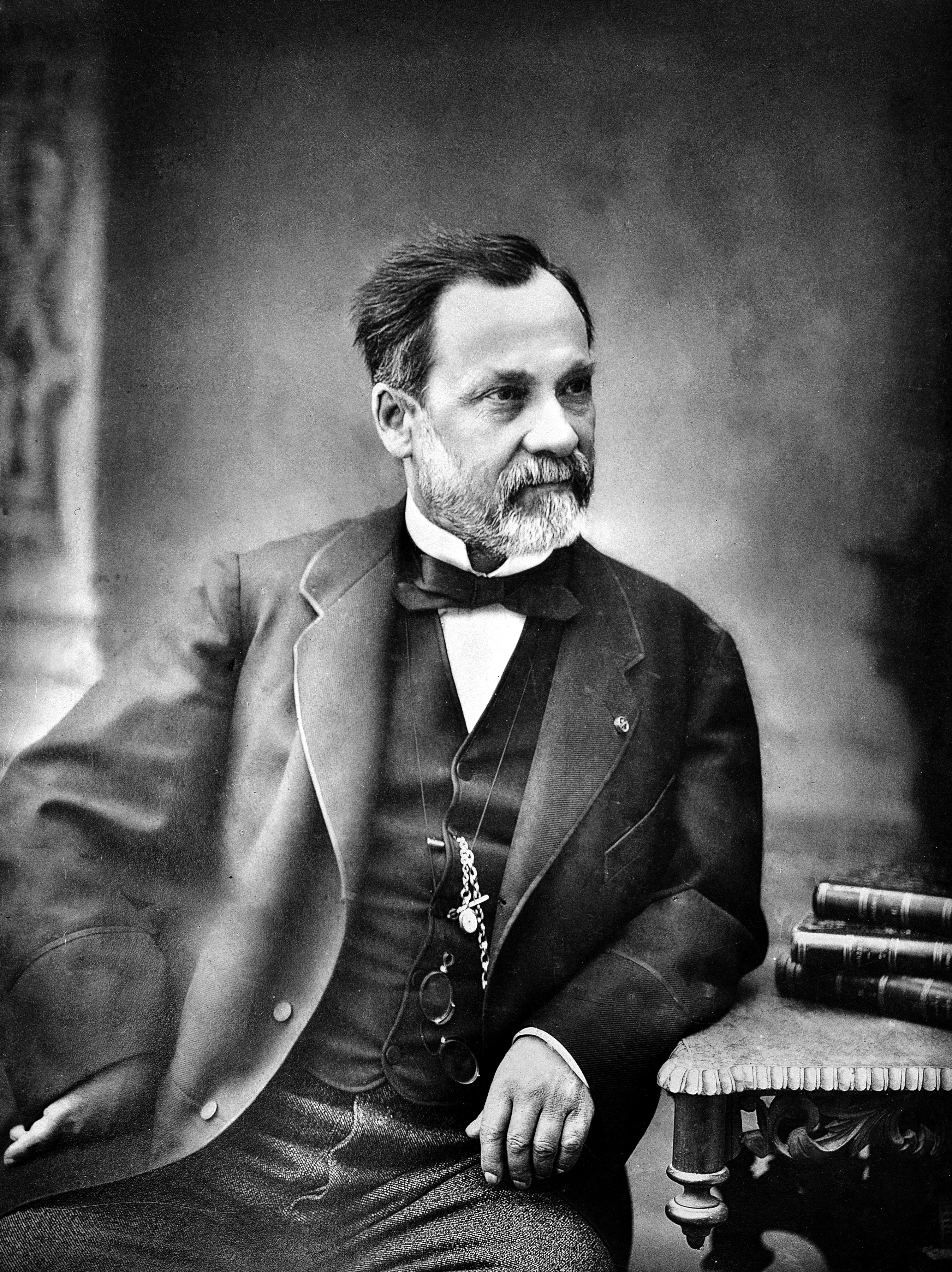
7. **Louis Pasteur**Louis Pasteur, universally hailed as the father of modern microbiology, inaugurated an era of profound transformation in both chemistry and biology. His pioneering investigations into the microscopic world revealed entirely new mechanisms governing disease and decomposition, fundamentally altering scientific and public health practices. His relentless pursuit of empirical evidence dismantled long-held beliefs, most notably the theory of spontaneous generation, and replaced them with scientifically verifiable explanations.
One of Pasteur’s most impactful contributions was the establishment of the germ theory of disease. This revolutionary concept proposed that specific microorganisms are responsible for causing infectious diseases, providing a clear biological basis for illness. This understanding moved medicine away from vague humoral theories and towards targeted interventions, leading to advancements in antiseptic surgery, vaccination, and overall public hygiene that have saved countless lives and dramatically increased human longevity.
Stemming directly from his work on microorganisms, Pasteur developed the ingenious method of food preservation known as pasteurization. By demonstrating that heating liquids like milk and wine to a specific temperature could destroy harmful bacteria without significantly altering their quality, he provided a practical solution to rampant food spoilage and disease transmission. This invention had enormous societal and economic implications, ensuring safer food supplies globally and transforming agricultural and industrial practices.
Pasteur’s scientific curiosity extended to diverse areas, including his discovery of mirror-image molecules, which significantly advanced the field of stereochemistry, and his identification of anaerobic bacteria, organisms that thrive in the absence of oxygen. These varied contributions highlight his exceptional breadth as a scientist, demonstrating his ability to connect fundamental chemical principles with practical biological applications, thus laying robust foundations for modern biochemistry and biotechnology.
Read more about: From Peril to Progress: Unearthing 13 Deadly 19th-Century Diseases Now Easily Curable

8. **Max Planck**Max Planck stands as a towering figure whose audacious theoretical proposal fundamentally redefined the understanding of energy at its most granular level, thereby founding quantum theory. His work emerged from efforts to explain the puzzling phenomenon of black-body radiation, where classical physics failed to accurately describe the observed energy distribution from hot objects. Planck’s revolutionary insight was to propose a radical departure from classical continuous energy models.
Planck’s core postulate was that hot objects radiate energy not continuously, but in discrete packets, or “quanta,” each carrying a specific amount of energy. He proposed that these energy values were not arbitrary but were exact multiples of a fundamental unit, represented by a number now famously known as the Planck constant. This meant that energy could only exist in “certain allowed values,” challenging the long-held classical view that energy could be absorbed or emitted in any arbitrary amount.
The declaration that “all other values of energy are forbidden” was profoundly counterintuitive at the time, yet it provided a perfect mathematical fit for the experimental data of black-body radiation. This radical concept marked the birth of quantum mechanics, a new physics that would eventually explain the behavior of atoms, subatomic particles, and the interactions of light and matter with unprecedented accuracy. It was a conceptual leap that forever changed our perception of the physical world.
Planck’s foundational work, though initially met with skepticism, proved to be the indispensable starting point for a cascade of revolutionary discoveries throughout the 20th century. His quantum hypothesis opened the door for Albert Einstein’s explanation of the photoelectric effect, Niels Bohr’s model of the atom, and the development of quantum field theory. His profound insight continues to underpin virtually all modern technologies, from lasers to semiconductors, cementing quantum theory as one of humanity’s most successful scientific endeavors.
Read more about: Unveiling the Future: Life Aboard the USS Gerald R. Ford, the World’s Largest Aircraft Carrier

9. **Dmitri Mendeleev**Dmitri Mendeleev revolutionized the field of chemistry with his iconic discovery of the periodic table, an achievement that brought order and predictive power to the seemingly chaotic array of chemical elements. Legend has it that the complete structure of the table came to him in a dream, a moment of profound insight that would transform chemical science forever. His creation provided a systematic framework for understanding the relationships and properties of all known elements.
The genius of Mendeleev’s periodic table lay in its “organizing principles.” He arranged elements primarily by increasing atomic weight, but critically, he prioritized their chemical properties, leaving gaps for elements yet to be discovered. This strategic foresight allowed him to create a framework where elements with similar chemical behaviors naturally fell into columns, revealing deep, underlying periodicities in their characteristics. It was a powerful testament to the idea that nature itself adhered to an elegant, discoverable order.
Perhaps the most compelling demonstration of the table’s scientific rigor and predictive accuracy was Mendeleev’s ability to “correctly predict the existence and properties of six new chemical elements.” By analyzing the gaps and patterns in his table, he confidently described the characteristics of elements like gallium, scandium, and germanium years before their actual discovery. When these elements were later isolated and found to match his predictions with remarkable precision, it provided irrefutable validation of his work.
The periodic table remains the central organizing principle of chemistry, an indispensable tool for students and researchers alike. It continues to guide the synthesis of new materials, the understanding of chemical reactions, and the exploration of new frontiers in science and technology. Mendeleev’s enduring legacy is not just the table itself, but the profound illustration of how systematic organization and intellectual courage can unlock the deepest secrets of the natural world.

10. **Linus Pauling**Linus Pauling, a true intellectual giant, was a “maverick” whose influence spanned and interwove the fields of chemistry, physics, and biology, making him one of the most versatile and impactful scientists of the 20th century. His remarkable ability to bridge disciplinary divides led to foundational insights that continue to shape modern scientific thought and practice. Pauling’s curiosity knew no bounds, driving him to explore the very essence of molecular structure and its biological implications.
Central to his chemical contributions was the “formulated valence bond theory and electronegativity.” These theoretical frameworks provided profound insights into the nature of chemical bonds, explaining how atoms share electrons and form stable molecules. Electronegativity, in particular, offered a quantitative measure of an atom’s ability to attract electrons in a chemical bond, becoming an essential concept for predicting chemical reactions and understanding molecular properties.
Pauling truly distinguished himself by “founding the fields of quantum chemistry, molecular biology, and molecular genetics.” He was among the first to apply quantum mechanics to chemical problems, ushering in quantum chemistry. His work then extended to biological systems, helping to establish molecular biology as a distinct discipline focused on the molecular basis of life, and later contributed significantly to molecular genetics, exploring how genetic information is stored and transmitted.
His groundbreaking experimental work includes the “discovery of the alpha-helix structure of proteins,” a fundamental secondary structure found in countless biological molecules. This insight was crucial for understanding protein function and paved the way for the discovery of DNA’s double helix. Furthermore, Pauling made a seminal contribution to medicine by “proved that sickle-cell anemia is a molecular disease,” identifying a genetic defect in hemoglobin as the cause, which marked the birth of molecular medicine and fundamentally changed how diseases are understood.
Linus Pauling’s multidisciplinary genius left an indelible mark on science. His work provided the intellectual tools and conceptual frameworks that allowed subsequent generations of scientists to decode the complexities of chemical and biological systems. From the intricacies of atomic bonds to the molecular roots of human disease, Pauling’s vision fundamentally reshaped our understanding of the living and non-living world, cementing his legacy as a true pioneer whose insights continue to inspire innovation.
Read more about: The Quest for Answers: Why ‘Lost’ Continues to Captivate Audiences with its Unfolding Mysteries
These ten extraordinary scientists, from Newton’s celestial mechanics to Pauling’s molecular biology, collectively represent the pinnacle of human intellectual achievement. Their relentless pursuit of knowledge, often against prevailing dogma, not only expanded the boundaries of what was known but also instilled a profound appreciation for the intricate beauty and underlying order of the universe. Their legacies are not just a collection of theories and discoveries, but a living testament to the power of curiosity, rigorous inquiry, and the boundless potential of the human mind to unravel the deepest secrets of existence. As we continue to face new scientific challenges, the spirit of these pioneers reminds us that courage, observation, and critical thought remain our most powerful tools in shaping a future defined by discovery and understanding.




